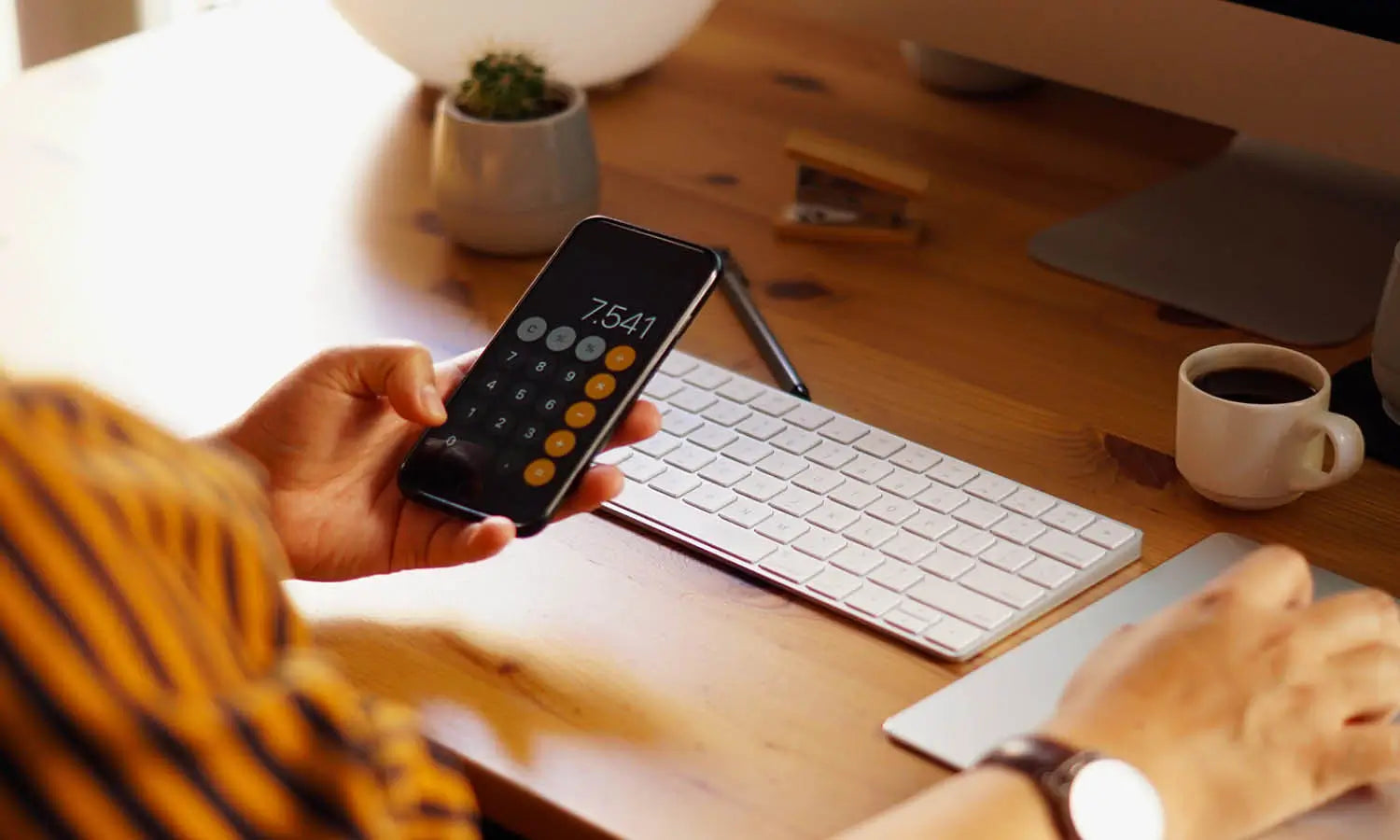How Much Should A Beginner Charge For A Logo Design

As a beginner in the world of graphic design, determining how much to charge for a logo design can seem daunting. This initial decision can set the tone for your design career, influencing both your financial viability and professional reputation. Many factors play a role in pricing, from the complexity of the project to the current market standards, and even the specific needs and budget of your client. This article aims to guide beginners through the process of setting appropriate charges for their logo design services, ensuring they are compensated fairly while remaining competitive in the market.
Whether you are crafting a logo for a small local business or a larger corporate client, understanding how to position your pricing as a beginner is crucial. We will explore key considerations, such as assessing your skill level, understanding the value of your time, and the importance of transparent pricing strategies. By the end of this guide, you will be equipped with the knowledge to confidently set your rates and start your journey in the competitive field of logo design.
Understanding Market Rates
For beginners in logo design, understanding market rates is essential to set competitive and fair pricing. The market for logo design is vast, with rates varying significantly based on geographical location, industry standards, and the specific niche markets targeted. Beginners should start by researching local and international prices to get a comprehensive overview. Look at freelance platforms, where many designers showcase their work and prices. Additionally, consider consulting with industry peers or mentors who can provide insights into current rate trends.
Another effective method is to review professional design association guidelines, which often offer resources on pricing and client negotiations. Remember, the price range for logo design can range anywhere from a few hundred to thousands of dollars depending on the designer's experience and the project's complexity. As a beginner, your rates might be on the lower end of the spectrum, but they should still align closely with the quality of your work and the time it takes to complete a project. It's important not to undervalue your work, as this can set a precedent for future engagements.
Transparently explaining how you arrived at your pricing can also help justify your rates to potential clients, ensuring they understand the value they are receiving. This approach not only establishes trust but also positions you as a professional mindful of industry standards.
Assess Your Skill Level
One of the first steps a beginner in logo design should take is to realistically assess their skill level. This self-assessment is crucial as it directly influences how much you can justifiably charge for your services. Beginners should consider their formal education in graphic design, understanding of fundamental design principles, proficiency with design software, and any relevant experience they may have accumulated through internships or freelance work.
It's beneficial to compare your work with that of more established designers to gauge where your skills lie on the spectrum. This comparison can help identify areas for improvement and areas where you excel, which can be unique selling points. For example, if you have a knack for creating unique typography or a particular style that stands out, these can justify a higher rate within the beginner spectrum.
Furthermore, maintaining an honest and transparent dialogue about your skills with potential clients builds trust. Communicate clearly what you can deliver, setting realistic expectations for both parties. As you progress in your career and continue to improve your skills, regularly revisiting and adjusting your rates is essential. This adjustment should reflect your growing portfolio and the increasing quality of your work.
Consider the Complexity of the Project
When setting prices as a beginner in logo design, it is crucial to consider the complexity of each project. The intricacy of a logo can vary widely—from a simple, clean icon to a detailed and multilayered design. Each type demands different levels of effort, creativity, and time, which should be reflected in the pricing.
Beginners should evaluate several aspects of a project to determine its complexity. These include the number of revisions required, the variety of formats and versions needed, and the extent of research and conceptualization necessary to meet the client's needs. A project requiring a high level of customization or a unique brand identity will naturally take more time and should be priced higher than one with a straightforward brief.
It's also important for designers just starting out to consider the usage of the logo. A design intended for a small, local business may be simpler and less costly compared to one created for a large corporation, which might be used in national or international marketing campaigns. This scale of use affects the complexity and, consequently, the charge.
Clear communication with clients about how different complexities influence pricing can help set expectations and justify your rates. As you gain experience, you’ll become better at estimating the effort required for various projects, allowing you to price more accurately and confidently. Always ensure your pricing structure is flexible enough to accommodate the wide range of design challenges that logo projects can present.

Time Investment
For beginners in the field of logo design, understanding and effectively calculating the time investment for each project is critical in determining how much to charge. Time is a valuable asset, and how much time a project consumes should directly influence your pricing strategy. When considering how to charge for a logo design, think about the hours you will need to invest in research, sketching, conceptualizing, digitalizing, and revising the design. Each of these stages takes time and effort, which should be accounted for in your pricing.
Beginners often underestimate the time needed for client communications, revisions, and final adjustments, which can lead to underpricing their services.To effectively calculate your time investment, start by tracking how long it takes you to complete various tasks in the logo design process. This tracking will help you establish a baseline for your work speed and efficiency, which can be very helpful in pricing future projects accurately. Consider setting an hourly rate for yourself based on the quality of your work and the average market rates. This rate can then be adjusted as you gain more experience and speed.
Moreover, always allow for some buffer time in your estimates to manage unexpected delays or additional client requests. Being transparent with clients about how you calculate your time and why it justifies your rate not only demonstrates professionalism but also helps build trust. As you become more experienced, you'll likely become more efficient, allowing for adjustments in your rates to reflect both your speed and skill enhancements.
Software and Tools Cost
For beginners in logo design, accounting for the cost of software and tools is a critical aspect of pricing. Design tools and software are essential for creating high-quality logos but can be quite expensive. Popular software like Adobe Illustrator or CorelDRAW, essential for vector-based designs, comes with subscription fees or one-time purchase costs. Additionally, hardware such as computers with sufficient processing power and graphics tablets also represent significant investments.
When setting your charges for logo design, consider these overhead costs. They are part of your operational expenses and should be factored into how much you charge for each project to ensure profitability. For beginners, it might be tempting to ignore these costs in order to lower your prices and attract more clients. However, this approach can ultimately undermine your ability to sustain your business in the long run.
It's advisable to conduct a thorough assessment of the tools you need against the ones you already possess. Calculate the annual cost of these tools and divide this by the estimated number of projects you expect to handle within the year. This calculation gives you a per-project cost for software and tools, which can then be incorporated into your overall pricing strategy.
Setting a Base Rate
Setting a base rate is a fundamental step for beginners in logo design, as it establishes a standard for pricing their work. Determining this base rate involves several considerations to ensure it is fair, competitive, and reflective of your skills and the market environment. To begin, assess your level of expertise, the quality of your portfolio, and how your offerings compare with those of other designers at a similar stage. It’s essential to understand the baseline rates within your local market and the broader industry. Rates can differ significantly based on geographical location and client type, so beginners should research these factors thoroughly.
Your base rate should cover not only your time and skill but also factor in indirect costs such as software, tools, and other business expenses. An effective method to determine a starting point is to calculate your desired annual income and divide it by the estimated number of projects you can realistically complete in a year. This approach ensures that your base rate is grounded in your personal financial goals and business sustainability.
Additionally, be flexible with your base rate. For simpler projects, consider setting a lower rate, whereas for more complex assignments, charge more. This flexibility helps accommodate a wider range of clients and projects, increasing your marketability.
Offering Initial Consultations
Offering initial consultations can be a strategic move for beginners in logo design. This practice allows you to understand your clients' needs, expectations, and project scope thoroughly before any actual design work begins. Initial consultations also provide an opportunity to build rapport with potential clients and showcase your professionalism and understanding of their business.
During these consultations, you can discuss the client's vision, the message they wish to convey through their logo, and any specific design elements they require. This is also the time to explain your design process, timelines, and pricing structure. By having this initial meeting, you can assess whether the client's expectations align with your skills and pricing, potentially saving you from taking on a project that isn't a good fit.
Moreover, initial consultations can be offered as a complimentary service or as a paid session that may be credited toward the final project fee if the client decides to proceed. This method demonstrates your value and commitment without undervaluing your professional time. As a beginner, using initial consultations to your advantage means preparing effectively. Research the client’s industry and come to the meeting with ideas and questions that show your initiative and creativity.

Create Package Deals
For beginners in logo design, creating package deals can be an effective way to attract clients while providing clear and structured pricing. Packages can simplify the decision-making process for clients by offering them a range of options that suit different needs and budgets.
A basic package might include just the logo design with a limited number of revisions and formats. Intermediate packages could offer more revisions and additional deliverables like business card designs or social media graphics. A premium package might include comprehensive branding services, multiple logo variations, and extensive consultation on brand strategy.
Each package should clearly state what is included, such as the number of initial concepts, revisions, final formats, and any extra services. Pricing these packages requires careful consideration of your time investment, the complexity of the services provided, and the market rates.
Additionally, by offering a range of packages, you can appeal to smaller businesses and startups that might not have the budget for high-end design services but are looking for quality work within their price range. As your skills and reputation grow, you can adjust and expand your packages to reflect your experience and the increased value you provide.
Adjust Prices Based on Feedback and Experience
As a beginner in logo design, regularly adjusting your pricing based on feedback and experience is crucial for your professional growth and financial success. Gathering feedback from clients after completing projects provides invaluable insights into the perceived value of your work and services. This feedback can highlight areas for improvement, which can directly influence how you price your services in the future.
Experience also plays a pivotal role in pricing adjustments. As you accumulate more projects and refine your skills, your efficiency and expertise will increase, justifying a higher rate. Observing how clients respond to your pricing in relation to the quality of work delivered can guide you in fine-tuning your charges.
To implement this, consider setting up periodic reviews of your pricing structure, perhaps every six months or after a set number of projects. During these reviews, assess all client feedback and weigh it against your increased proficiency and the broader scope of your portfolio. Adjust your rates to reflect any new certifications, tools, or techniques you have acquired that enhance your value proposition to clients.
Keep an Eye on Industry Trends
Staying informed about industry trends is essential for beginners in logo design, influencing how they charge and position themselves in the market. The design industry is dynamic, with trends in aesthetics, technology, and client expectations constantly evolving. Keeping up with these trends ensures that your work remains relevant and competitive, which can directly impact your pricing structure.
To stay updated, follow influential designers and design platforms on social media, subscribe to design blogs, and participate in design forums and webinars. This engagement will keep you at the forefront of emerging styles, new software tools, and shifts in what clients value in a logo, such as sustainability or digital-first designs.
Understanding these trends allows you to anticipate market needs and adapt your services accordingly. For example, if there is a growing demand for logos that incorporate motion graphics, investing time to learn these skills can place you ahead of competitors who do not offer such services, allowing you to charge more.
Additionally, watching industry trends includes monitoring how pricing models evolve. The introduction of new design tools might reduce the time it takes to create high-quality logos, affecting how all designers, including beginners, should charge. Adjusting your prices in response to these changes, whether increasing due to added value or decreasing due to industry standardization, is crucial.
Conclusion
Setting the right price as a beginner in logo design requires a thoughtful approach and continuous adaptation. By assessing market rates, your skill level, the complexity of projects, and the time they take, you can develop a pricing strategy that is both fair and competitive. Remember to factor in costs like software and tools, and consider offering initial consultations and package deals to enhance value. Always be ready to adjust your prices based on client feedback and industry trends. With these strategies, you will establish a strong foundation for your logo design career, ensuring your work is properly valued and rewarded.
Let Us Know What You Think!
Every information you read here are written and curated by Kreafolk's team, carefully pieced together with our creative community in mind. Did you enjoy our contents? Leave a comment below and share your thoughts. Cheers to more creative articles and inspirations!
















Leave a Comment